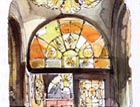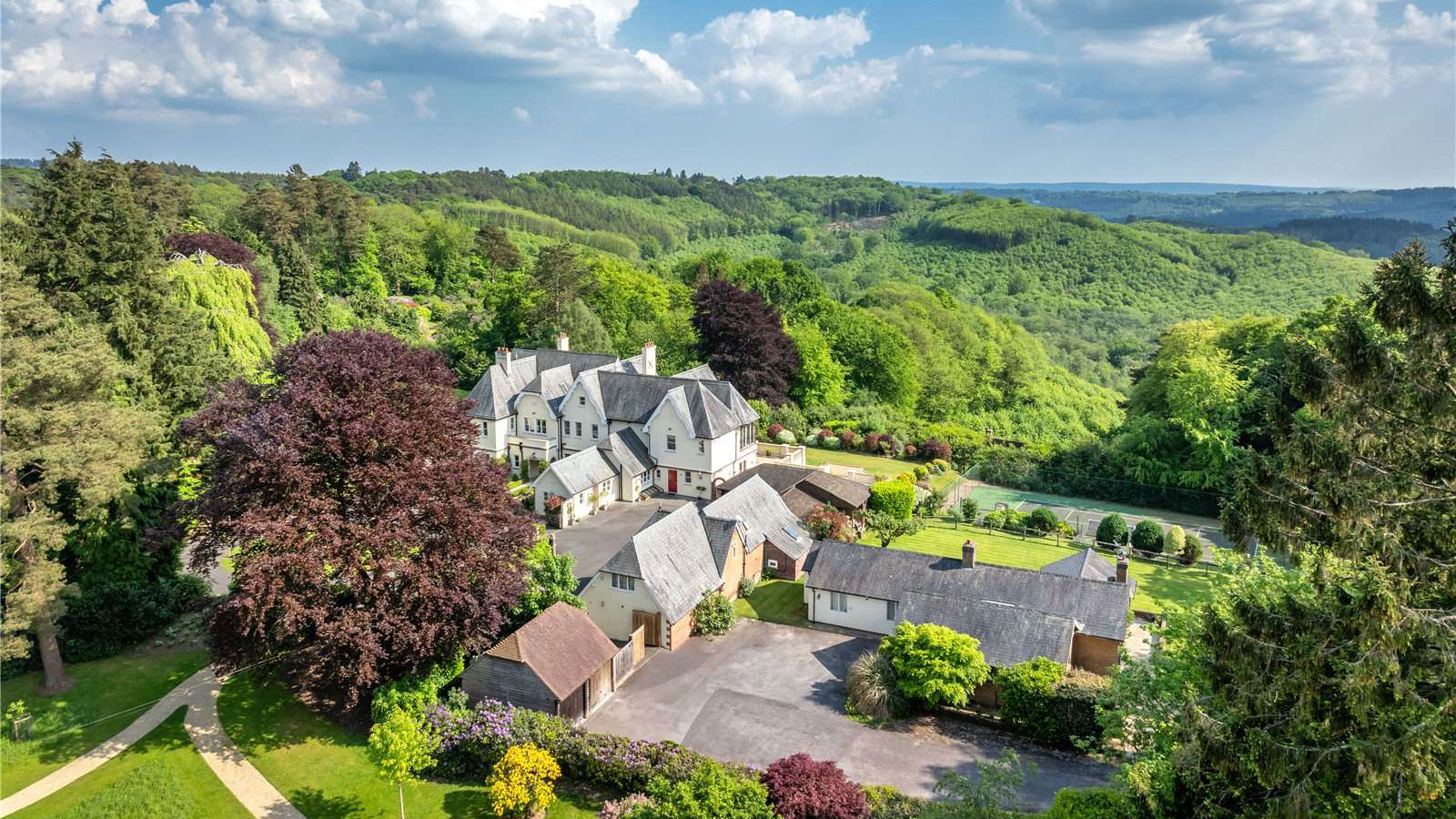Window and Glass Gazing
Glass manufacturing methods dictated the size and style of windows for buildings, says Ptolemy Dean


Glass must be one of the most underrated and least exploited pleasures of building. All too often 'glass is glass': see-through and not much else. And yet the character of glass can do a great deal to improve and enhance a building from the outside, and can transform perceptions from within. The oldest glass can be found on Tudor and Elizabethan buildings. Those thick and sometimes bubbly pieces look handmade, and were, indeed, a precious commodity. The pattern of leading in diamonds, and then later in rectangles, was determined by how big the pieces of glass could be manufactured. Most of us might look with wonder at these old, glazed windows in the great and ancient houses of the National Trust, but perhaps can't help feeling a little relieved that the windows we have at home at least offer a clear view. The first great period for clear glass was the 18th century, when glass was spun to create large flat discs that were then cut up into the panes. Again, the size of these discs determined how big the panes could be, which resulted in the need for glazing bars. As the century progressed, the panes got bigger and the glazing bars were made thinner, all to permit the maximum penetration of light. Spun, or crown glass, has a bowed surface, and it is this that glistens in the sunlight, creating a random pattern of reflections that appear superimposed upon the even grid of glazing bars. These delicate reflections add charm to numerous everyday buildings, but are all too needlessly broken or destroyed by those that do not recognise their importance and worth. The 19th century inevitably brought mechanisation to glazing manufacture, with great flat sheets of glass, free of all imperfections being made, but also devoid of character. Sheet glass allowed for the reduction or absence of glazing bars, sometimes leaving gaunt openings that give scant consolation or enclosure. An attempt to return some life to glazing has led to the introduction of cheap rippled 'horticultural glass', which at least has some hint of distortion and unevenness. Crown glass is also now being remade on the Continent, but it needs to be selected with care to avoid a self-consciously 'rustic' appearance. One particular area that has barely been explored in recent years is the use of coloured glass. I have always loved Sir John Soane's entrance hall at 13 Lincoln's Inn Fields, London, seen here (left) at night, the out-of-hours home for Don, the security guard. Soane, whose happiest days were spent as a student in Rome, was fearless about the use of yellow and orange glass, which he felt offered the opportunity for deco- ration and also for adding 'warmth' to Britain's otherwise cold northern European light. Coloured glass as designed by Soane is nothing like the insipid pastel-tone glass favoured in the 1930s, or that particularly horrid frosted glass found in Edwardian school lavatories. Rather, it offers a possible inspiration for future creativity in this much-ignored field.
- Always look carefully before agreeing to remove old glazing.
- Consider restoring crown glass, particularly to an old property.
- If building anew, investigate the possibilities of using some coloured glass.
Sign up for the Country Life Newsletter
Exquisite houses, the beauty of Nature, and how to get the most from your life, straight to your inbox.
Country Life is unlike any other magazine: the only glossy weekly on the newsstand and the only magazine that has been guest-edited by HRH The King not once, but twice. It is a celebration of modern rural life and all its diverse joys and pleasures — that was first published in Queen Victoria's Diamond Jubilee year. Our eclectic mixture of witty and informative content — from the most up-to-date property news and commentary and a coveted glimpse inside some of the UK's best houses and gardens, to gardening, the arts and interior design, written by experts in their field — still cannot be found in print or online, anywhere else.
-
 Six rural properties with space, charm and endless views, as seen in Country Life
Six rural properties with space, charm and endless views, as seen in Country LifeWe take a look at some of the best houses to come to the market via Country Life in the past week.
By Toby Keel Published
-
 Exploring the countryside is essential for our wellbeing, but Right to Roam is going backwards
Exploring the countryside is essential for our wellbeing, but Right to Roam is going backwardsCampaigners in England often point to Scotland as an example of how brilliantly Right to Roam works, but it's not all it's cracked up to be, says Patrick Galbraith.
By Patrick Galbraith Published
